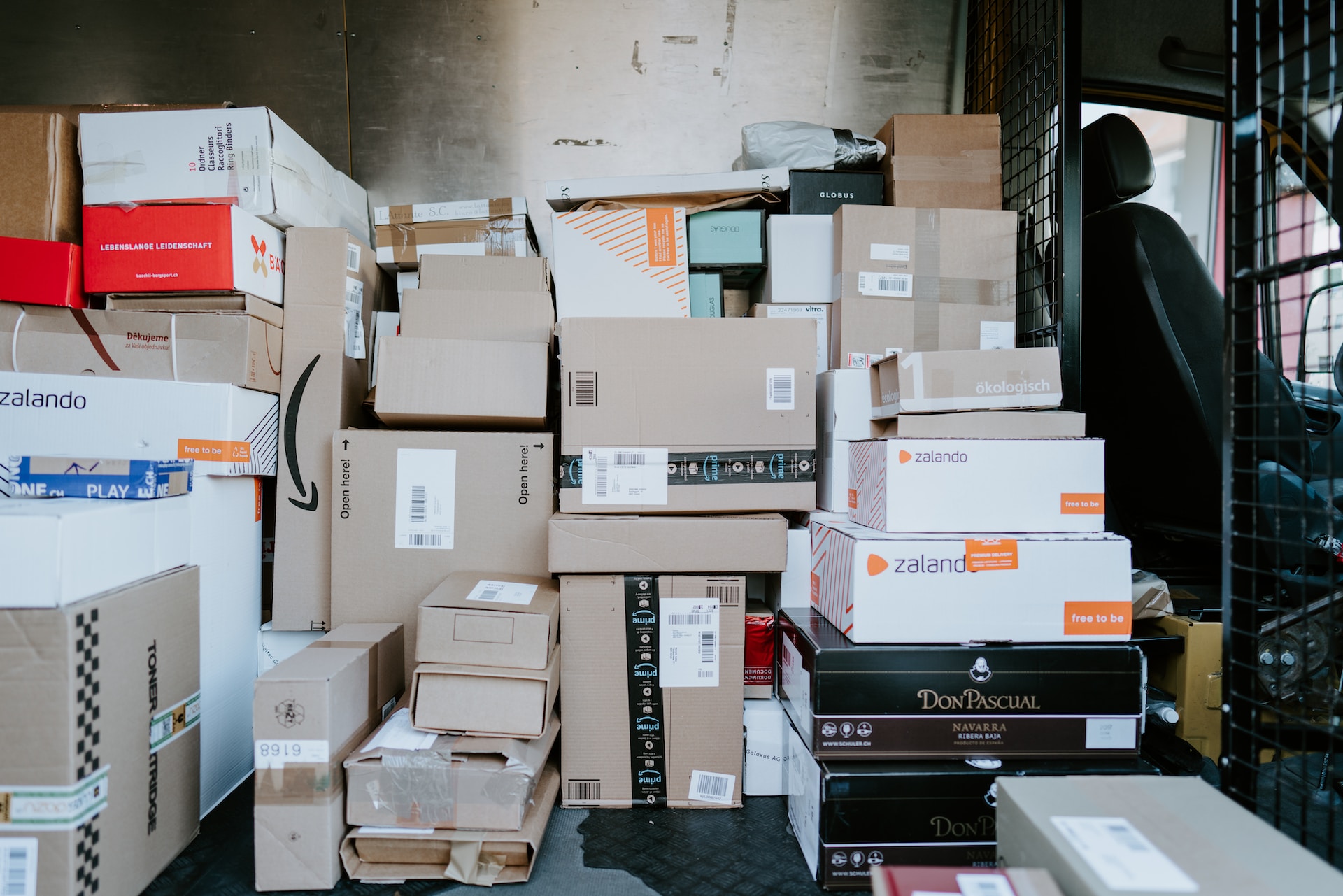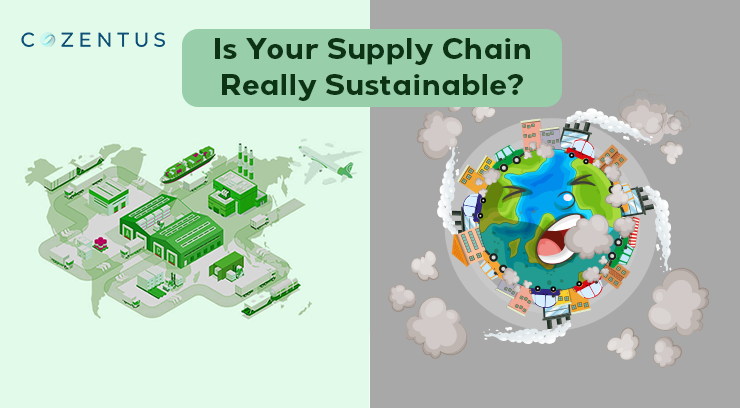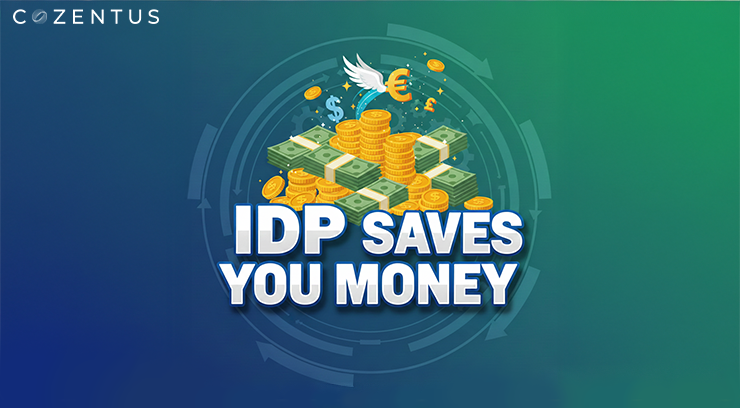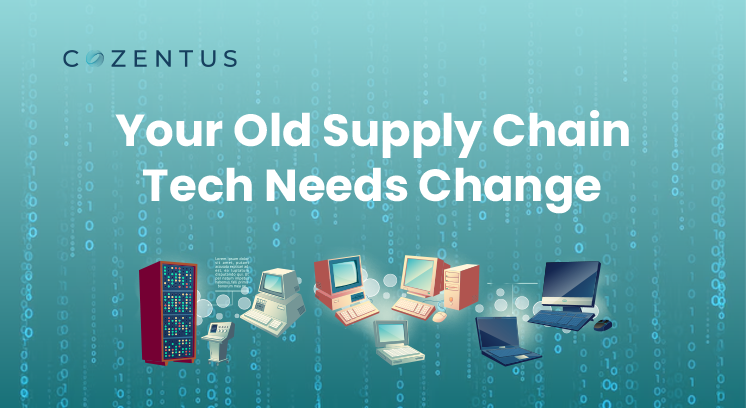Shipping has been one of the key factors affecting customer expectations. As the eCommerce industry expands and digitalisation is on the rise, last-mile deliveries have become a focal point for companies. For a good reason, last-mile delivery services are projected to reach a market value of $US 66 billion by 2026. 56% of shoppers won’t buy from the brand if they are unsatisfied with the shipping services. While the eCommerce giants have their last-mile logistics, the 3PL & 4PL companies face a hard time fulfilling the last-mile delivery for their clients. In an organisation, the last mile delivery accounts for a massive 53% of the total shipping costs.
The entire process, from manufacturing the product to delivering it to the customer, gets affected by the last-mile delivery. Last mile delivery is the front face of engagement with your customers. However, there is no use for last-mile delivery without visibility into it. The inability to track the delivery in real-time or know the current state of the product may lead to a loss of revenue and reputation. Last mile visibility allows fleet managers and dispatchers to make decisions in case of mishaps. It gives dispatchers the ability to make adjustments, including the drivers’ location, customers’ needs, and assignments.
Why is last-mile visibility important for 4PL?
Though businesses have employed tracking codes to keep track of shipments, the technological age demands more than tracking codes. Customers demand real-time tracking to track each step of the chain until delivery. Outdated last-mile solutions did little in tackling the delays and mishaps or reducing the costs. This further deepens the problems like inadequate route planning and increasing customer frustration. To add to the woes, unpredictable factors like weather and physical disturbances can be a major roadblock for the 4PL companies.
Therefore, to enhance last-mile delivery and overtake the current problems, new methods incorporated into last-time visibility must be adapted to match the ongoing demand level to improve last-mile delivery and surpass the existing problems.
Last-mile visibility gives 4PL companies deeper insights into the products’ supply chain. Customers can get their product delivered to the doorstep or self-pickup by knowing the status of shipment with the help of 4PL companies. To ensure quicker deliveries, the logistic companies need to know that their last-mile system is on the right track. There is no use in a last-mile delivery that is slow or if it delivers the damaged products to the customers.
Key industry pain points:
- Inability to track transit in real-time.
- Gaps in communication between the consumers and dispatchers during the transit.
- Inadequate control over delivery services.
- High delivery costs are incurred through failed deliveries, complex routes, and additional stops.
How did we tackle these issues?
We at Cozentus have worked constantly towards enhancing the supply chain visibility by leveraging various technologies and innovations from time to time. Cozentus’ last mile delivery visibility platform has helped global 4PL companies achieve their goals and overtake the hard-fought challenges faced during the last mile delivery.
Real-time tracking gives detailed customer insights into transits
Get a bird’s eye view of the product and track the current transits for the day. Cozentus dashboard helps assorts the shipments based on their status. Customers get the messages displaying “Delivering today”, “Predicted Delays”, and “Failed attempt” to speed up the delivery and help with cost optimisation.
Streamlined and automated systems to complete orders on time
The technology-enabled dashboard provides solutions against delays and predicts customer waiting times. Our platform brings together several business lines and enables close collaboration with suppliers, manufacturers, and logistics providers to go beyond traditional track-and-trace systems.
Gives customer support dashboard
4PL companies can communicate seamlessly with customers through a unified customer support dashboard. For the customer support team, Cozentus provides data that offer quick decision making reduces the churn rates. Dispatchers can reach out to the customers, informing them about delays or damage.
Establish objectives and metrics depending on the needs
Benchmarking for sustainability is necessary for any KPI evaluation that has any real relevance. Benchmarking helps pinpoint growth areas and create KPIs that encourage the organisation to pursue best-in-class performance. The automated platform predicts the metrics that are best needed for your supply chain visibility.
Data-driven results make quick decisions
The Cozentus data-driven platform and a team of data scientists assist in improving accuracy and bringing multiple business lines together. This enables shippers to make quick and informed decisions based on substantial data at all stages.
Why should you contact us?
To shift from traditional or mundane last-mile delivery solutions, a unified platform like Cozentus helps achieve scalability and provides insights into last-mile delivery systems. Cozentus is geared toward creating real-time solutions that enable quicker deliveries and better customer experience. Our low-code platform provides transparency into the system and makes the operation efficient.
What do we have for our clients?
- Communication across business teams to keep sync across all the platforms.
- Maximum ROI.
- Transparency into supply chain systems.
- Greater efficiency and accuracy of stocks.
Recent Post
Subscribe to our newsletter
Stay updated on latest trends and news in the supply chain and logistics industry








